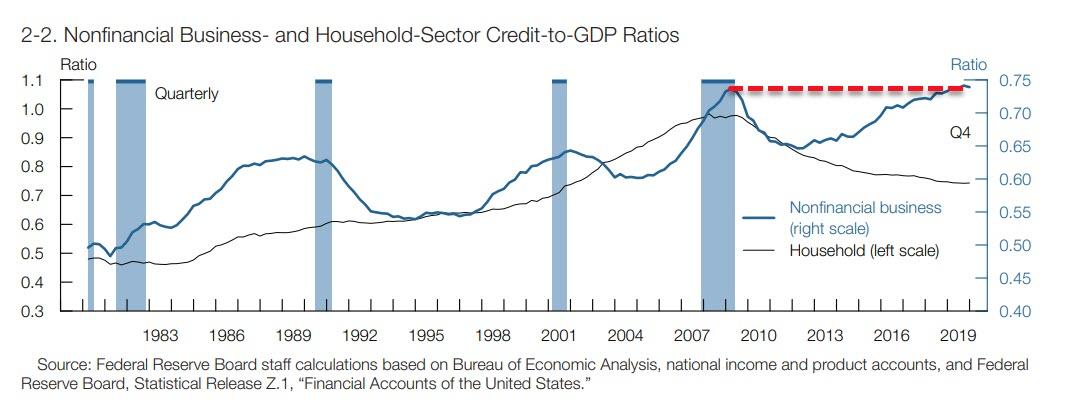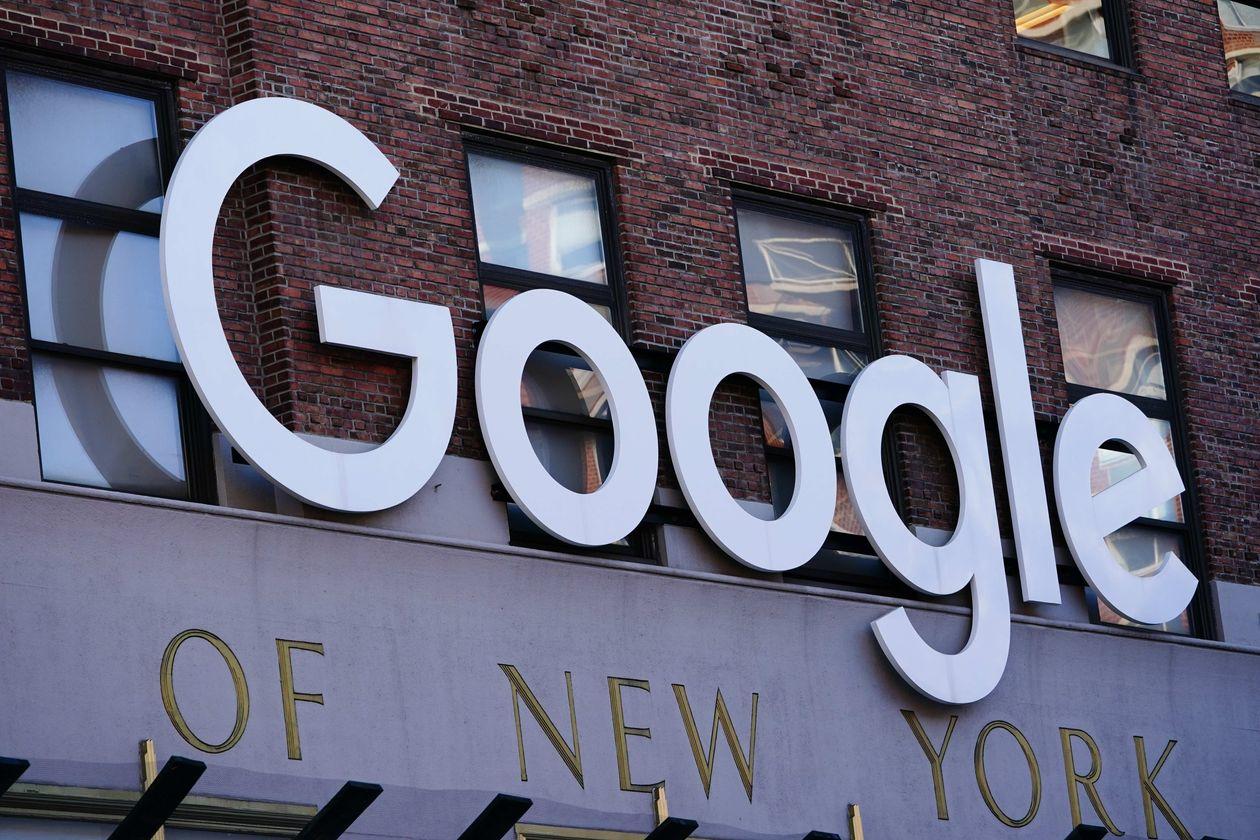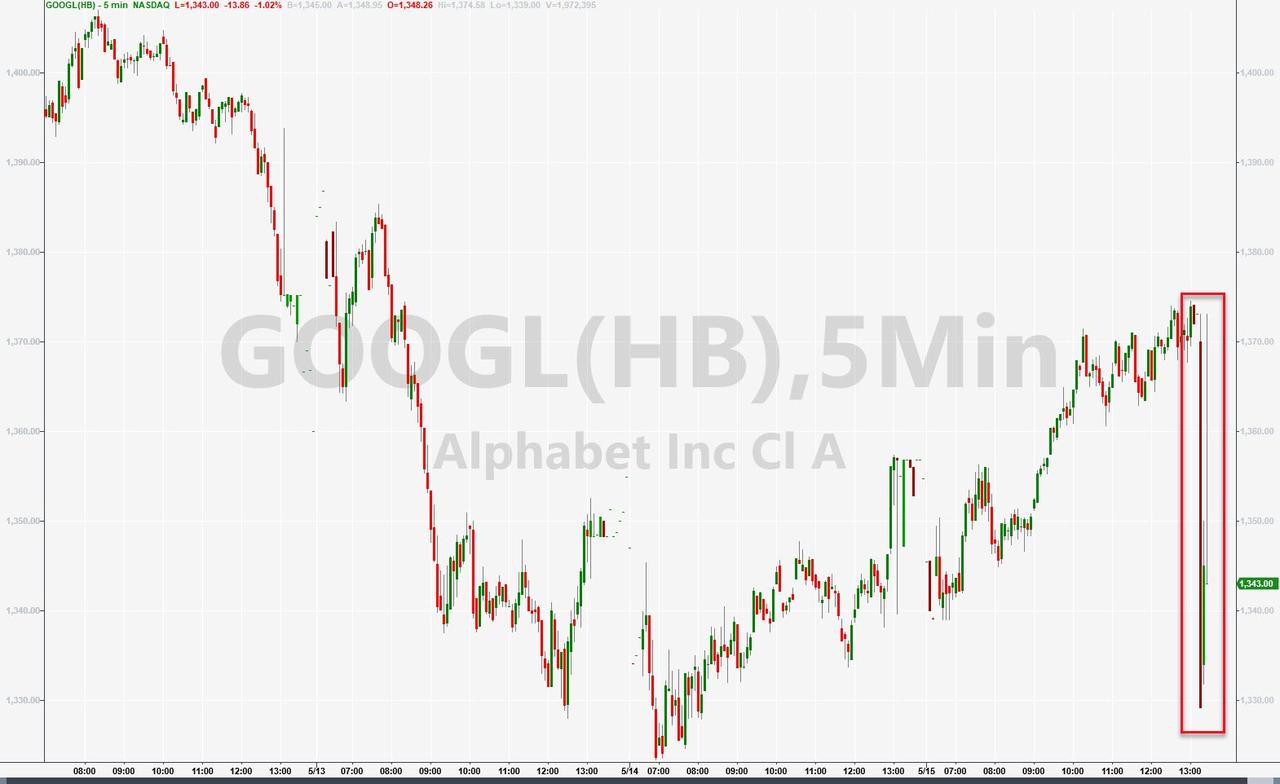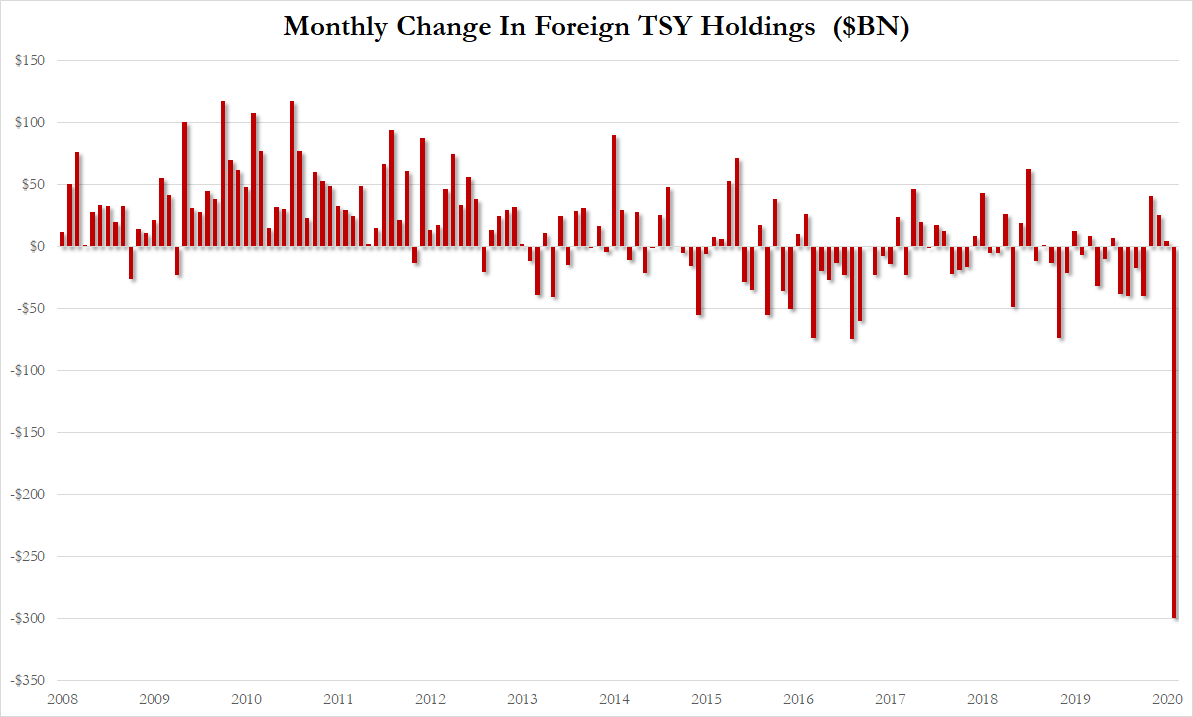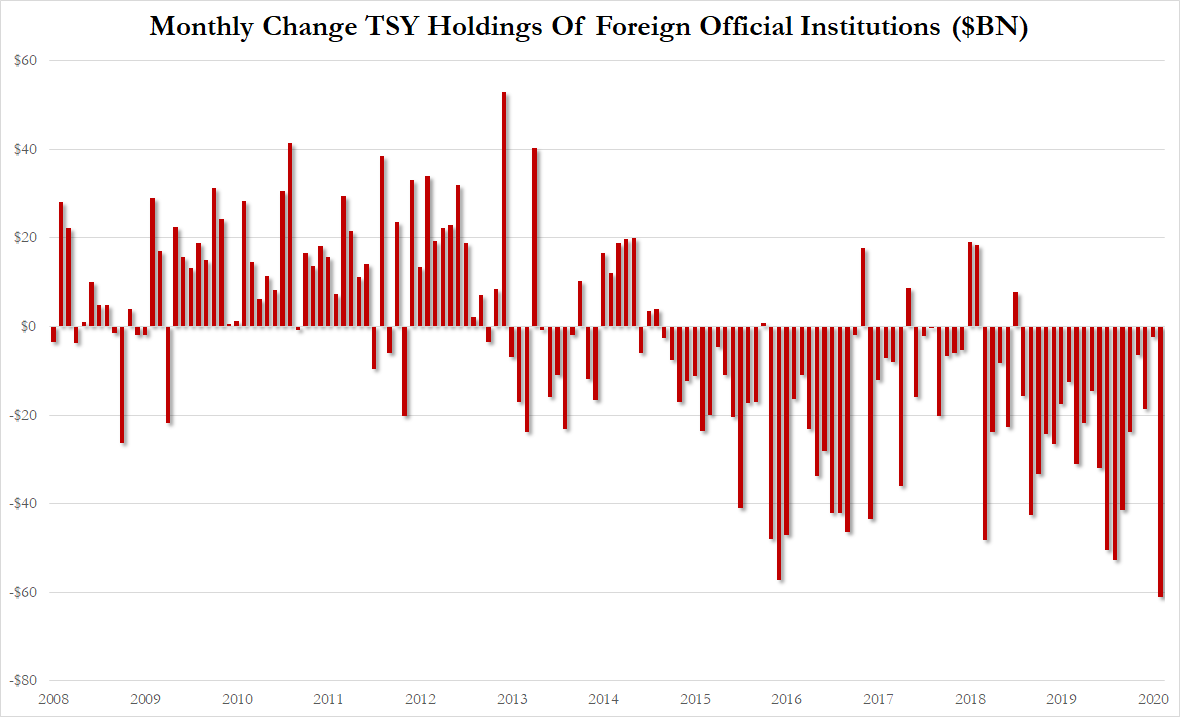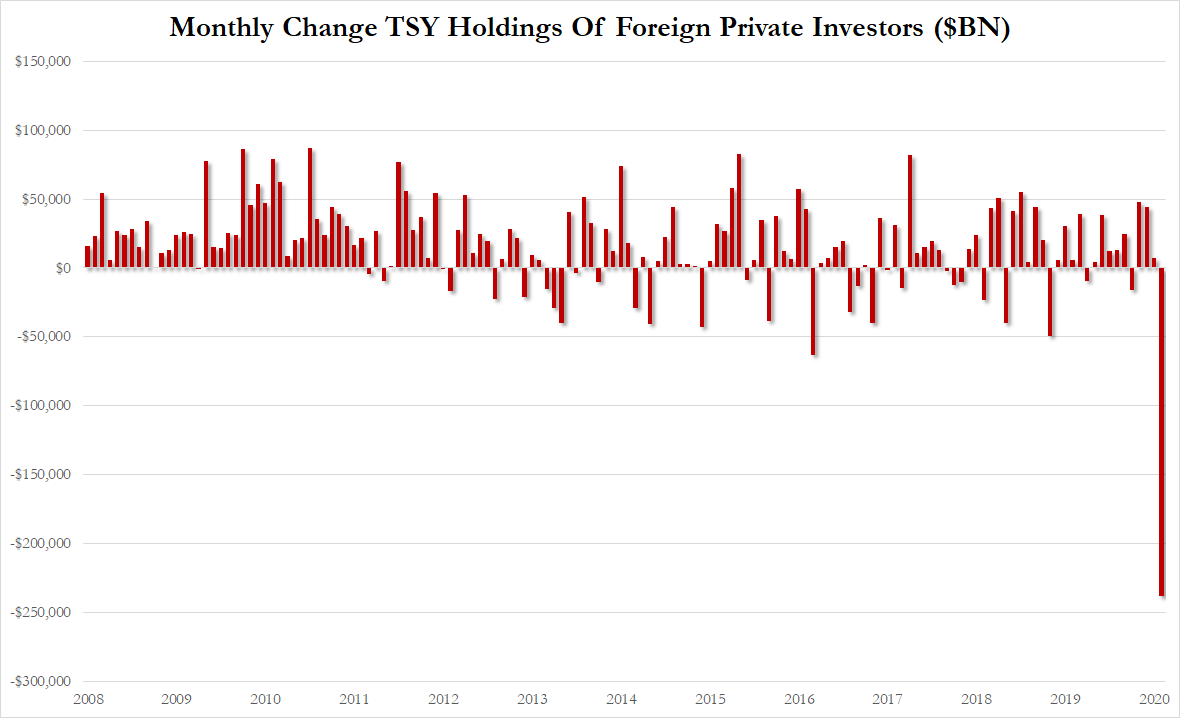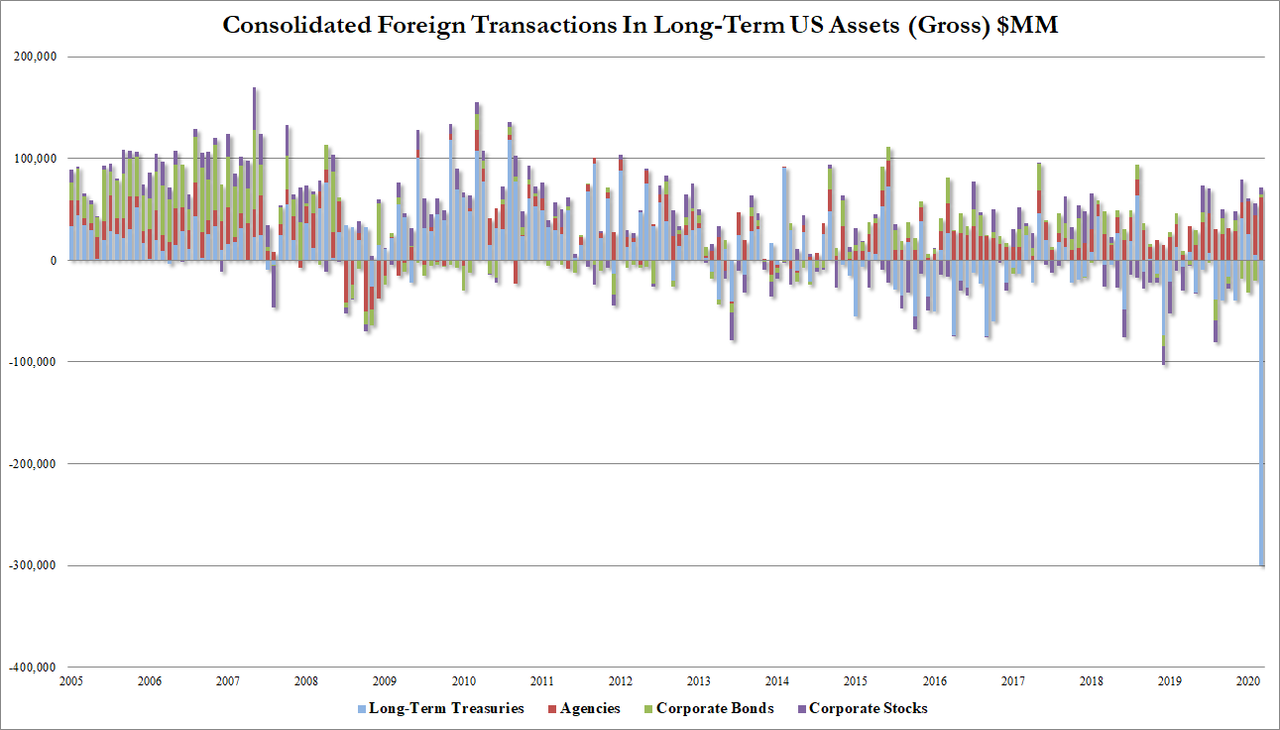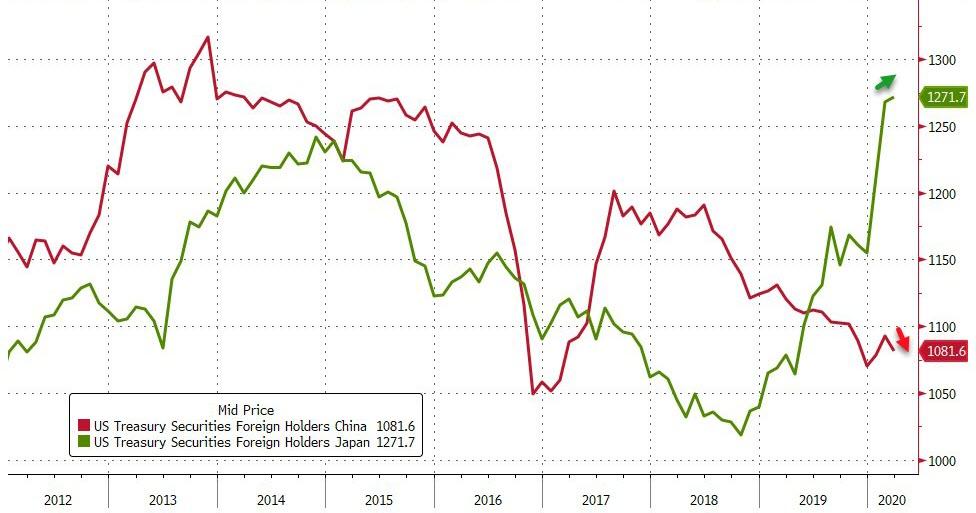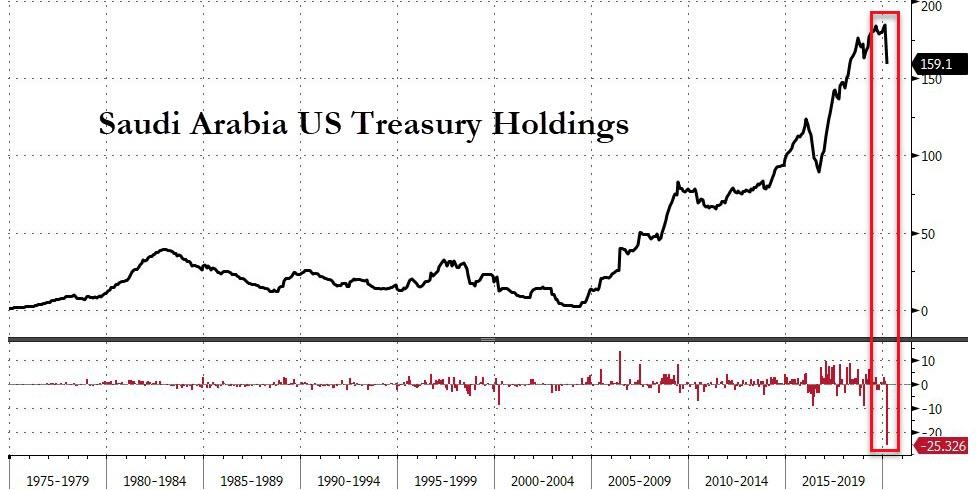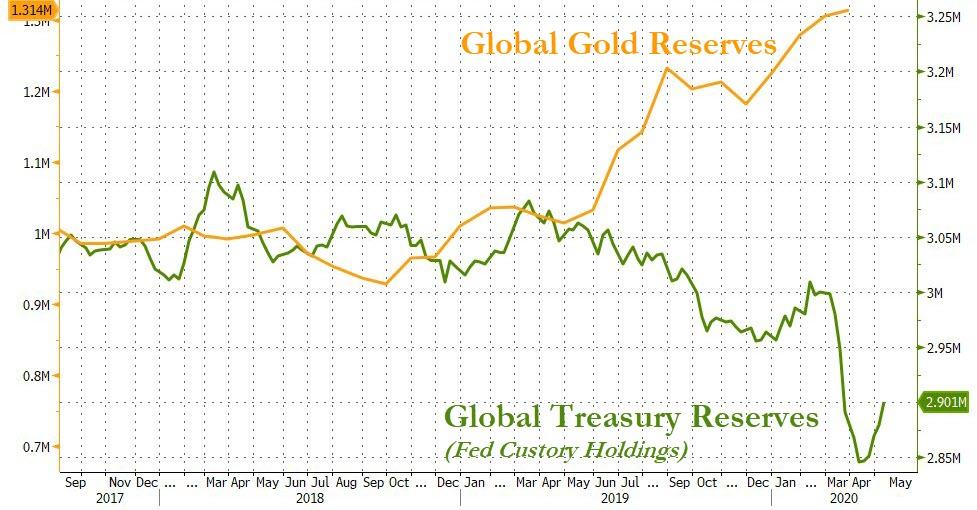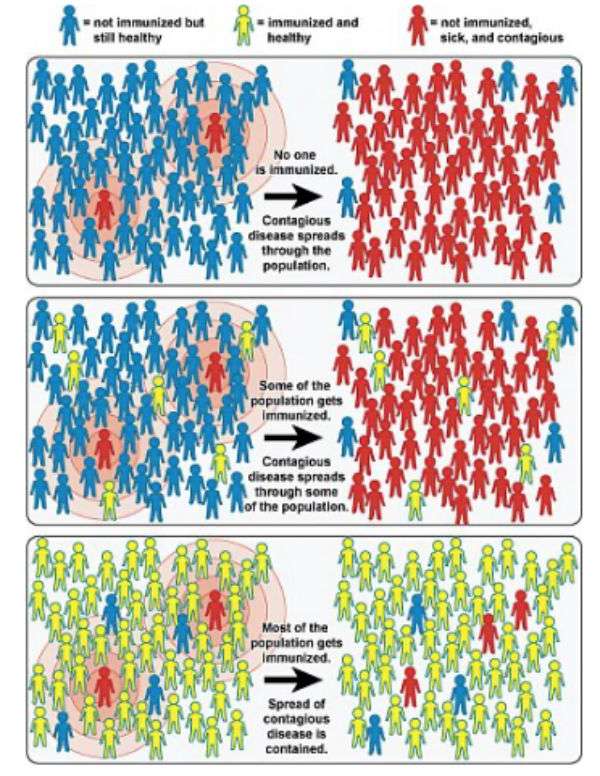The shooting of Breonna Taylor, which happened on March 13 but is only now getting national attention, highlights once again the deadly recklessness of “dynamic entry” police raids. The very tactics that police use to minimize violence, aimed at discombobulating their targets and catching them off guard in the hope of discouraging resistance, predictably lead to fatal misunderstandings. These tactics are especially inappropriate when police enter homes in service of the war on drugs, as they did in this case.
Taylor, a 26-year-old EMT and aspiring nurse with no criminal history, was killed by plainclothes Louisville police officers who knocked in the door of her apartment with a battering ram shortly before 1 a.m. At the time, Taylor was in bed with her boyfriend, Kenneth Walker. Walker’s lawyer says he fired once at the armed intruders, not realizing they were police officers. One officer was struck in the leg. The cops responded with a hail of bullets—at least 20 shots, according to lawyers representing Taylor’s mother. Taylor was hit at least eight times.
The Louisville Courier-Journal reports that police were targeting two men they suspected of selling drugs at a house more than 10 miles away—one of whom, Jamarcus Glover, was arrested that same night. The no-knock search warrant for Taylor’s apartment was based on a package that Glover had delivered there. The Courier-Journal says police believed that Glover, who had dated Taylor, “used her home to receive mail, keep drugs or stash money earned from the sale of drugs.” No drugs were found in the apartment.
Although the search warrant authorized police to enter without announcing themselves, the Louisville Metro Police Department said the officers “knocked on the door several times and announced their presence as police who were there with a search warrant.” As Zuri Davis notes, four neighbors contradicted that claim. But even if the official account is accurate, it is completely plausible that Walker and Taylor, who were asleep in bed in the middle of the night, did not hear or comprehend those warnings. Walker, who has been charged with the attempted murder of a police officer, reportedly called 911 and Taylor’s mother, saying someone was breaking into the apartment.
If all this sounds familiar, it’s because police across the country create this sort of dangerous situation again and again.
Even if the no-knock Houston drug raid that killed Dennis Tuttle and Rhogena Douglas last year had not been based on a fraudulent search warrant affidavit, the tactics that police used would have led to the same deadly outcome. According to Houston Police Chief Art Acevedo, the cops—who, like the officers who killed Taylor, were not wearing body cameras—”announced themselves as Houston police officers while simultaneously breaching the front door.” One of the officers immediately used a shotgun to kill the couple’s dog, prompting Tuttle to fire at the intruders with his revolver. As in the Taylor case, the officers responded with overwhelming force, shooting Tuttle at least eight times and Nicholas at least twice. Four officers were wounded during the exchange of fire.
The raid was conducted around 5 p.m., but lawyers representing Nicholas’ family say she and Tuttle were taking “an afternoon nap” in their bedroom at the time. As with Walker, it is plausible that Tuttle—who, it turned out, was not actually a heroin dealer—did not realize the men who burst into his house and fired the first shot were police officers.
Narcotics officers executing search warrants “don’t show up in uniform,” Acevedo said, “but they do show up with plenty of gear that identifies them as police officers, including patrol officers that are out in front of the house.” But patrol officers outside the house do not give people inside the house notice that the men breaching their door and killing their dog are cops, and it’s not clear what other “gear” Acevedo had in mind. And since the plainclothes officers who burst into the house did so without warning, “announcing” themselves at the same moment they were breaking down the door, it would not be surprising if Tuttle missed that announcement and any other clues to their identity.
After the raid, Acevedo announced that narcotics officers would henceforth use no-knock warrants only in extraordinary circumstances and with approval from his office. But the distinction between a no-knock warrant and a knock-and-announce warrant makes little practical difference when a home’s residents are asleep and/or police breach the door immediately after announcing themselves.
Corey Maye, the Mississippi man who was convicted of murder and sentenced to death after he shot a police officer during a 2001 drug raid, always maintained that he thought he was protecting himself and his 18-month-old daughter from violent criminals. His death sentence eventually was reduced to life in prison, then to 10 years, a sentence he completed in 2011. The case, which received national attention thanks to the tireless investigative work of my former Reason colleague Radley Balko, should have been a lesson for police departments throughout the country.
In 2014, a Texas grand jury declined to indict Henry Magee, a marijuana grower who shot and killed a sheriff’s deputy who burst into his home in the early morning to execute a search warrant. “This was a terrible tragedy that a deputy sheriff was killed, but Hank Magee believed that he and his pregnant girlfriend were being robbed,” Magee’s lawyer told the Associated Press. “He did what a lot of people would have done. He defended himself and his girlfriend and his home.”
I could go on and on, but you get the idea. At this point, it’s amazing that so many police departments don’t.
After a middle-of-night Georgia drug raid that gravely injured a toddler in 2014, a local grand jury offered some advice that police should have taken to heart. “Some of what contributed to this tragedy can be attributed to well-intentioned people getting in too big a hurry, and not slowing down and taking enough time to consider the possible consequences of their actions,” the jurors said. “While no person surely intended any harm to a young child, quite simply put there should be no such thing as an ’emergency’ in drug investigations.”
As long as the government insists on trying to forcibly prevent people from consuming arbitrarily proscribed intoxicants, violence is inevitable, and it will sometimes be lethal. But drug warriors can reduce that risk by weighing the benefits of any given operation (usually negligible, even from the perspective of committed prohibitionists) against the danger that people will die for no good reason.
from Latest – Reason.com https://ift.tt/2Z85rmT
via IFTTT

